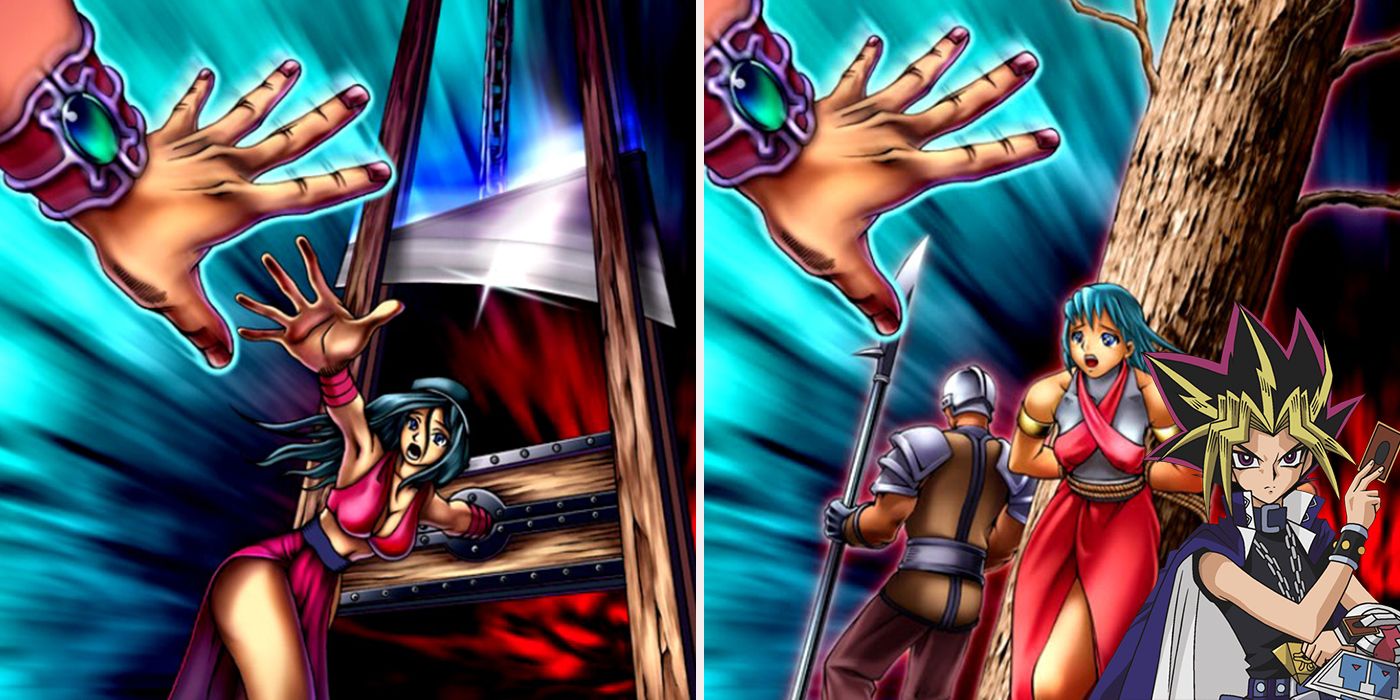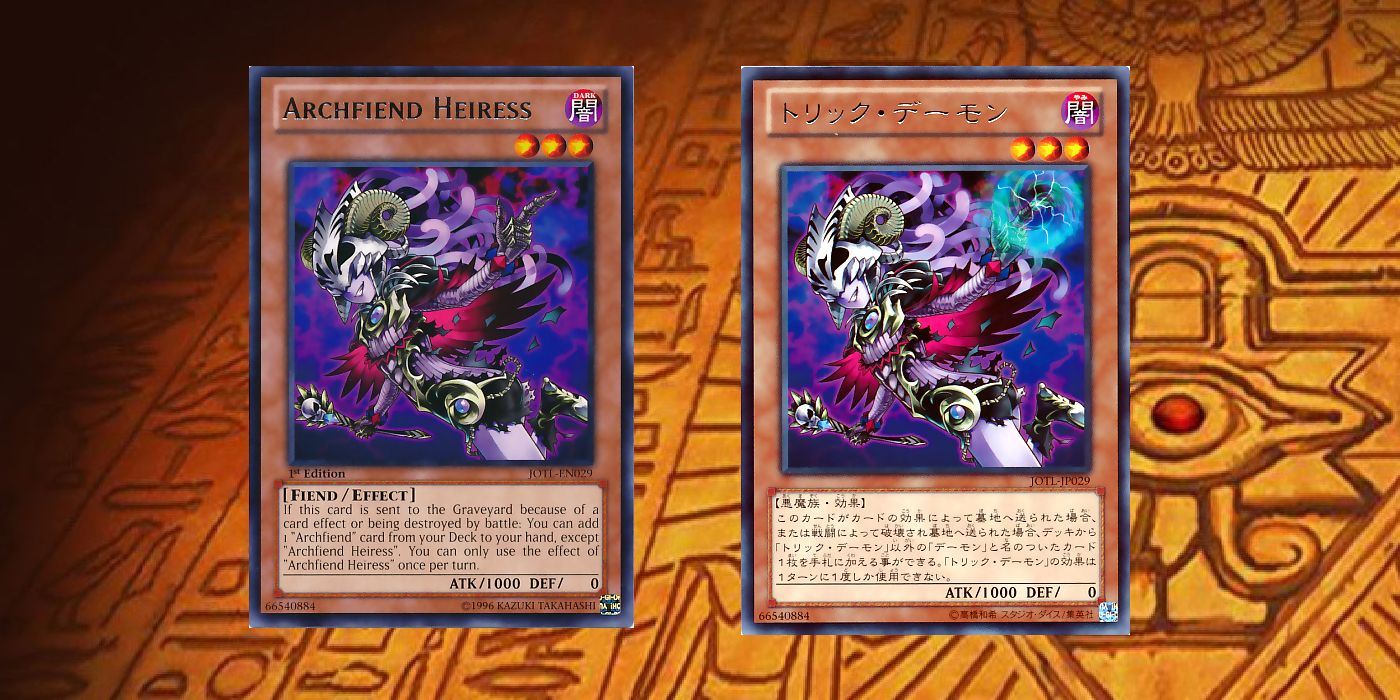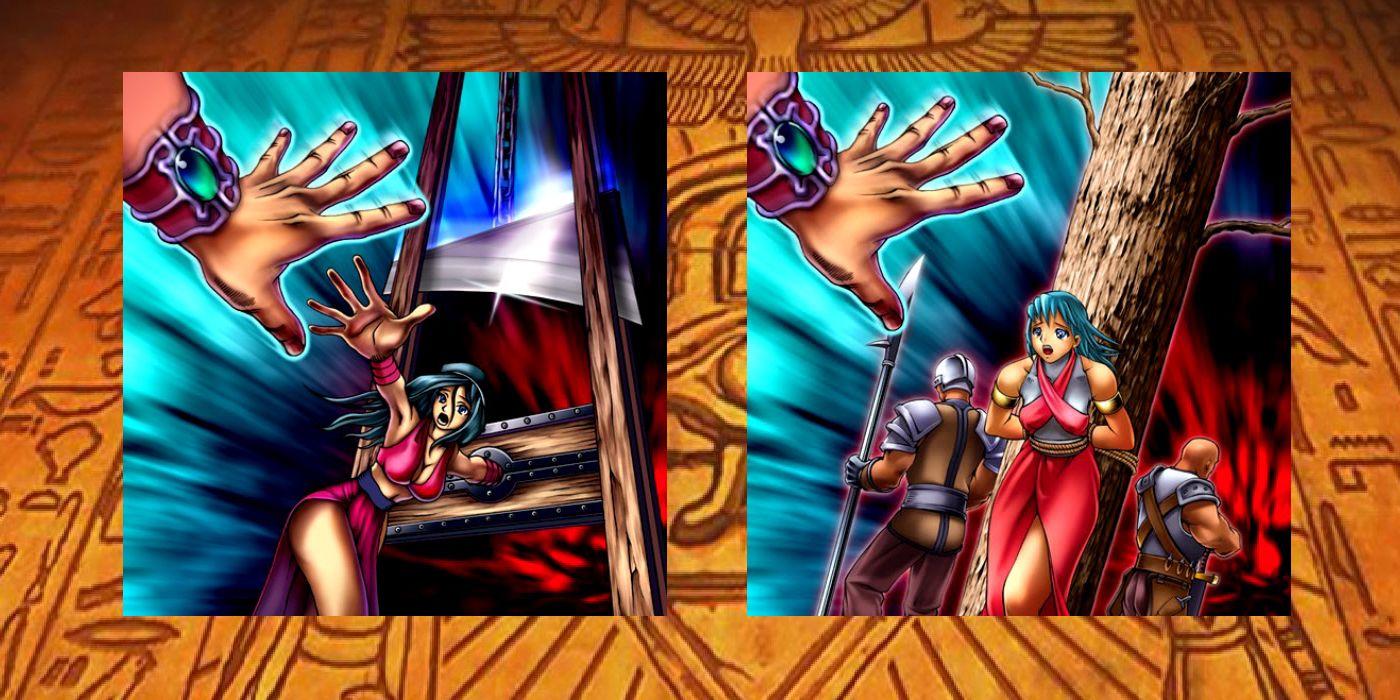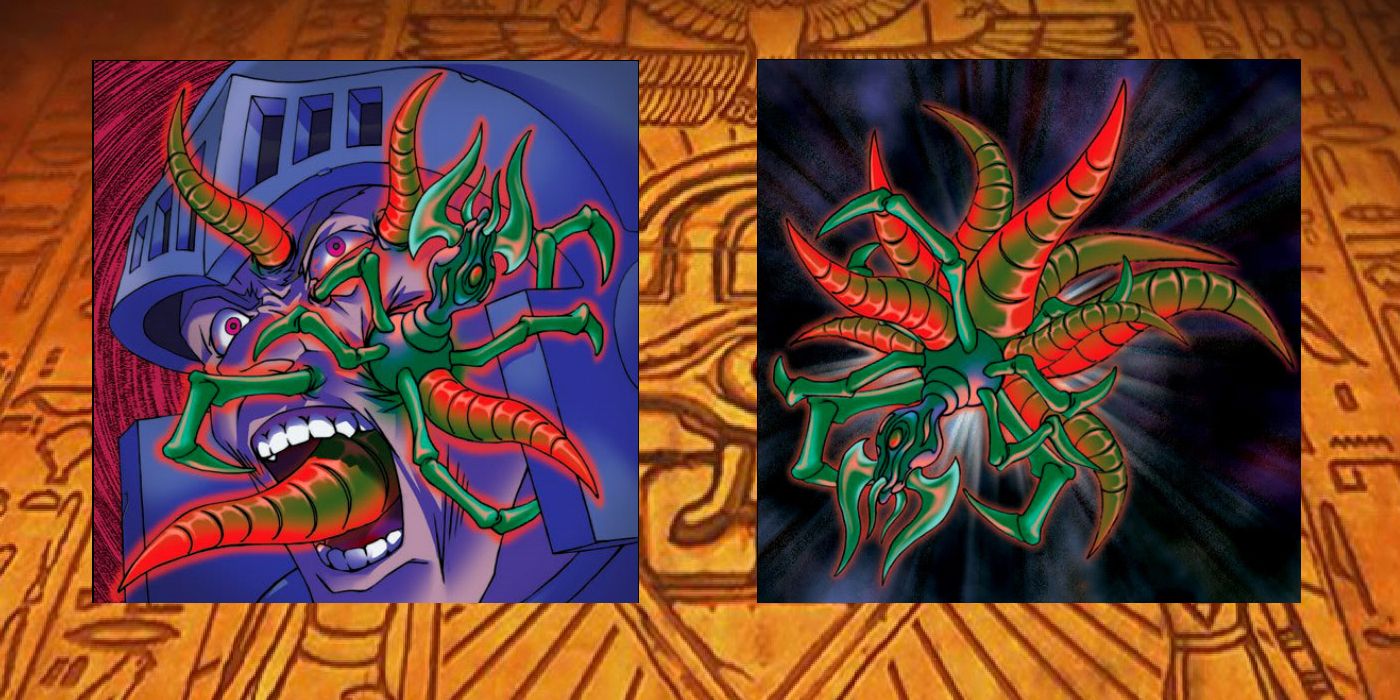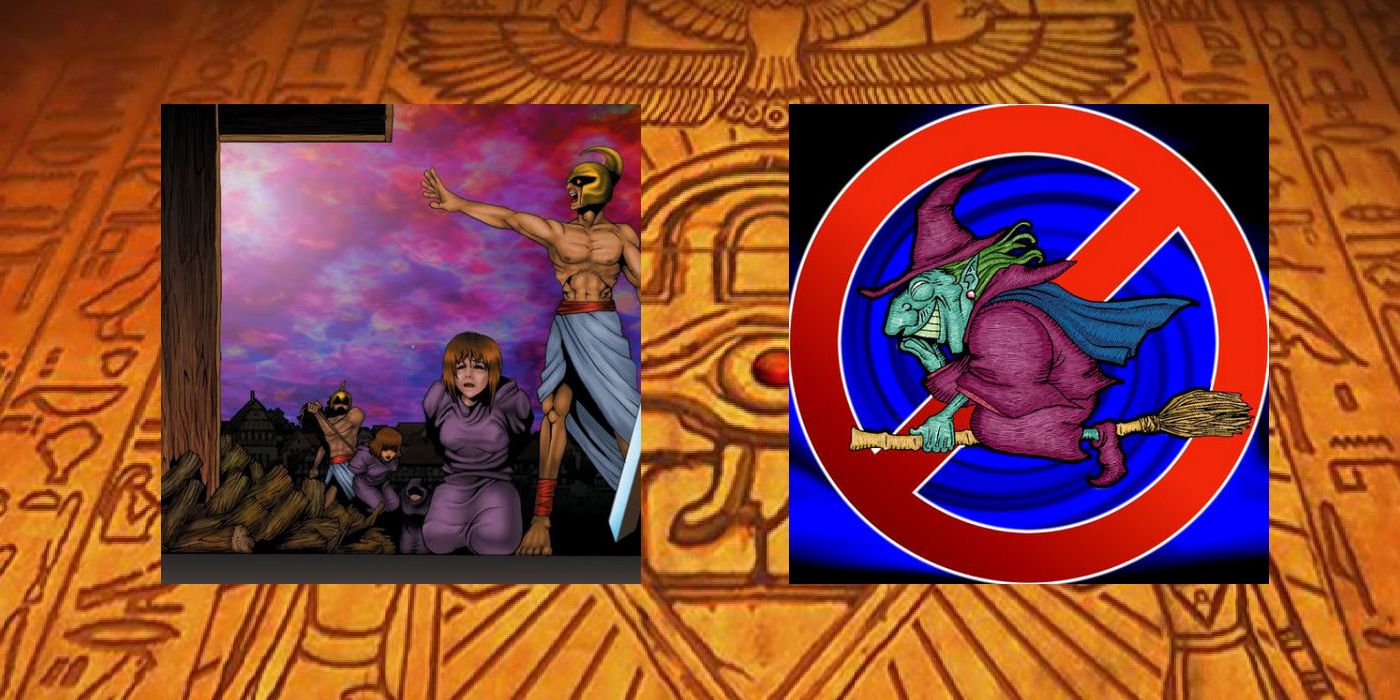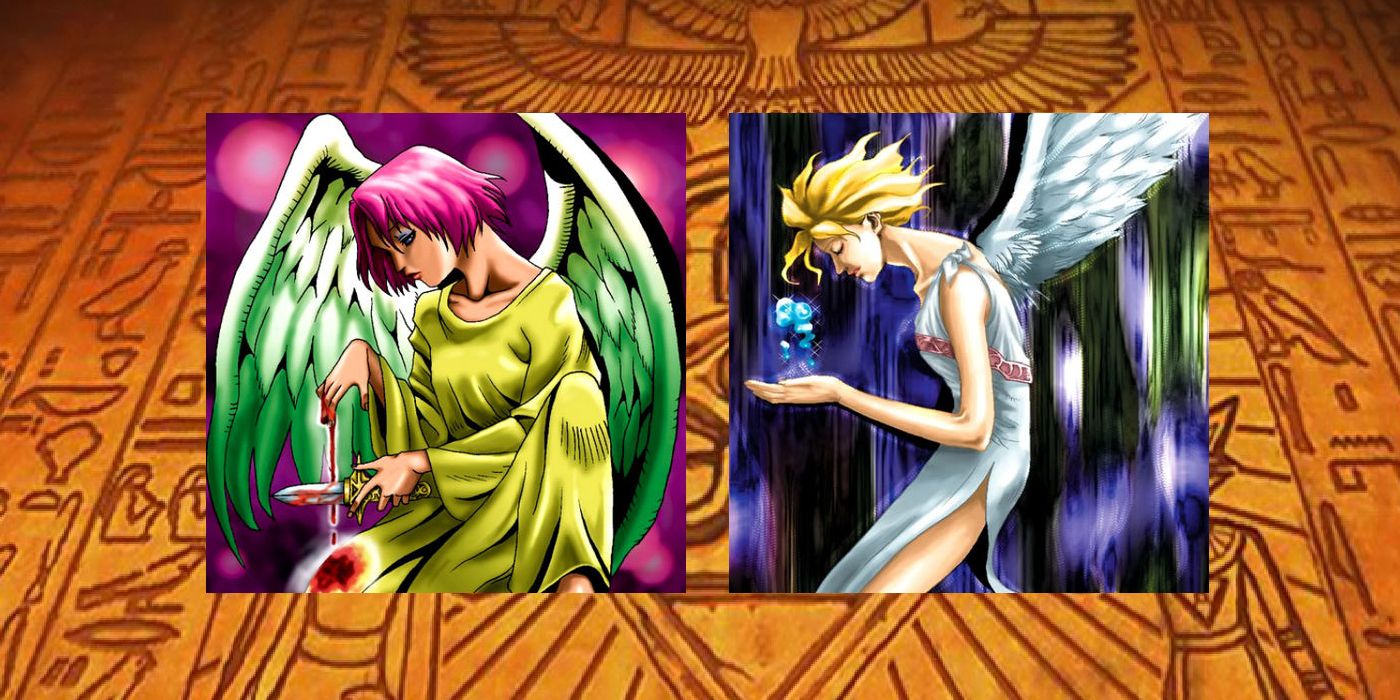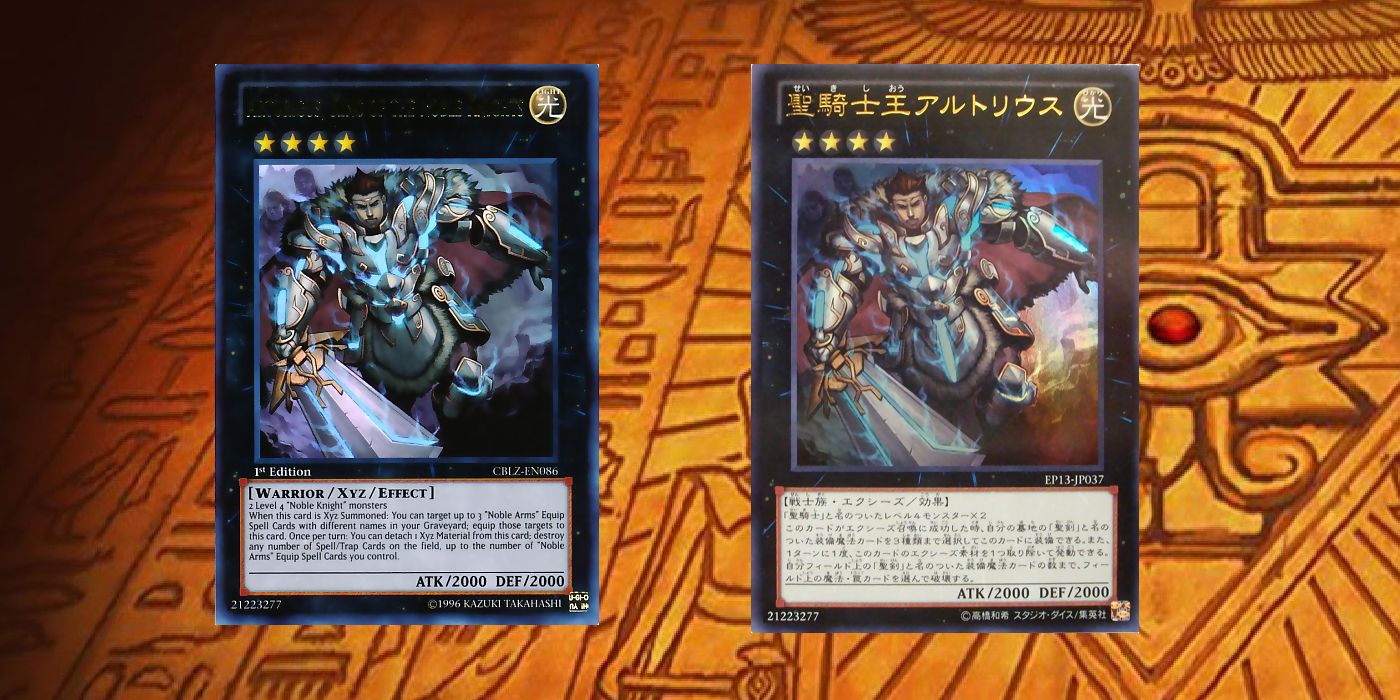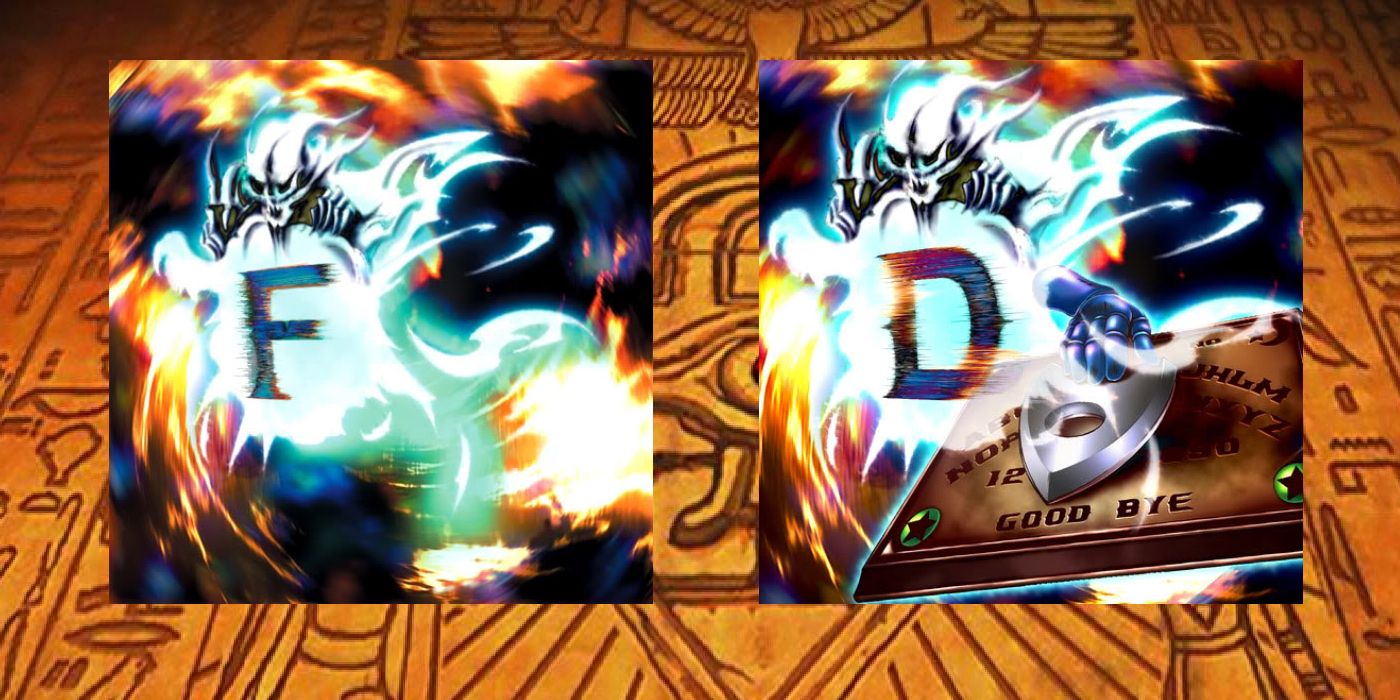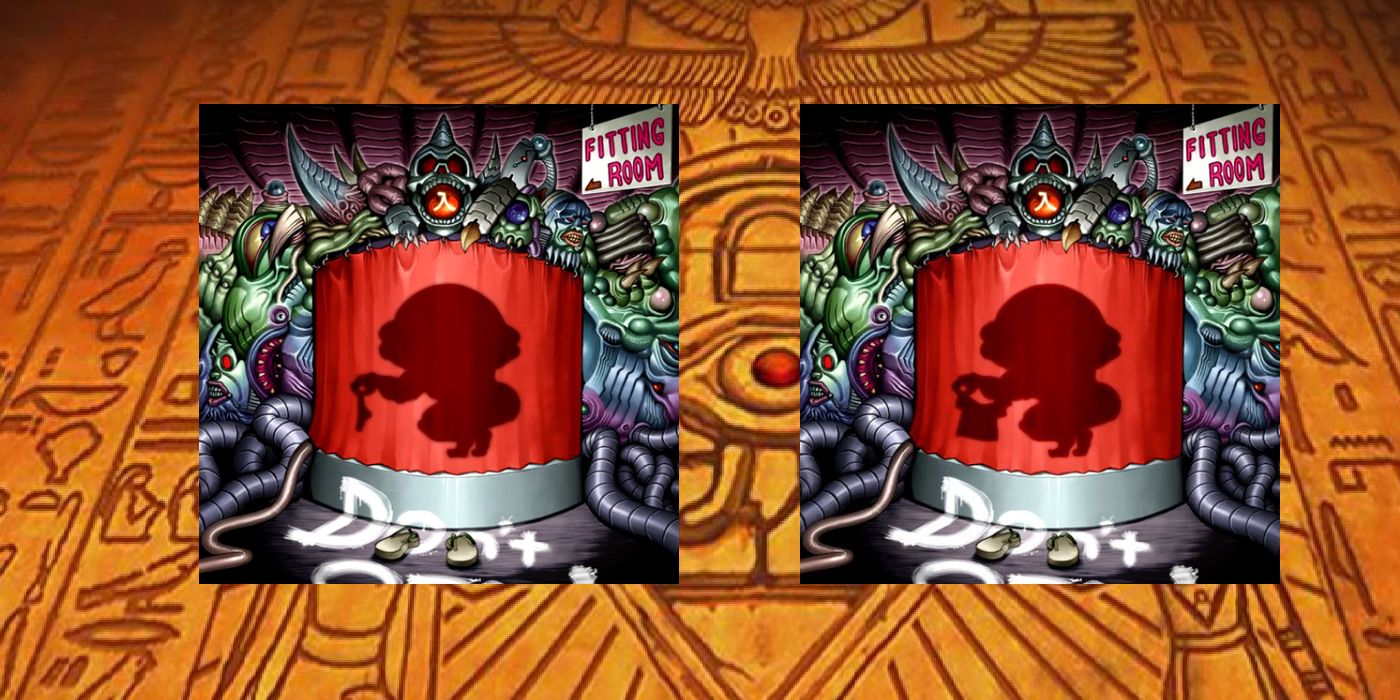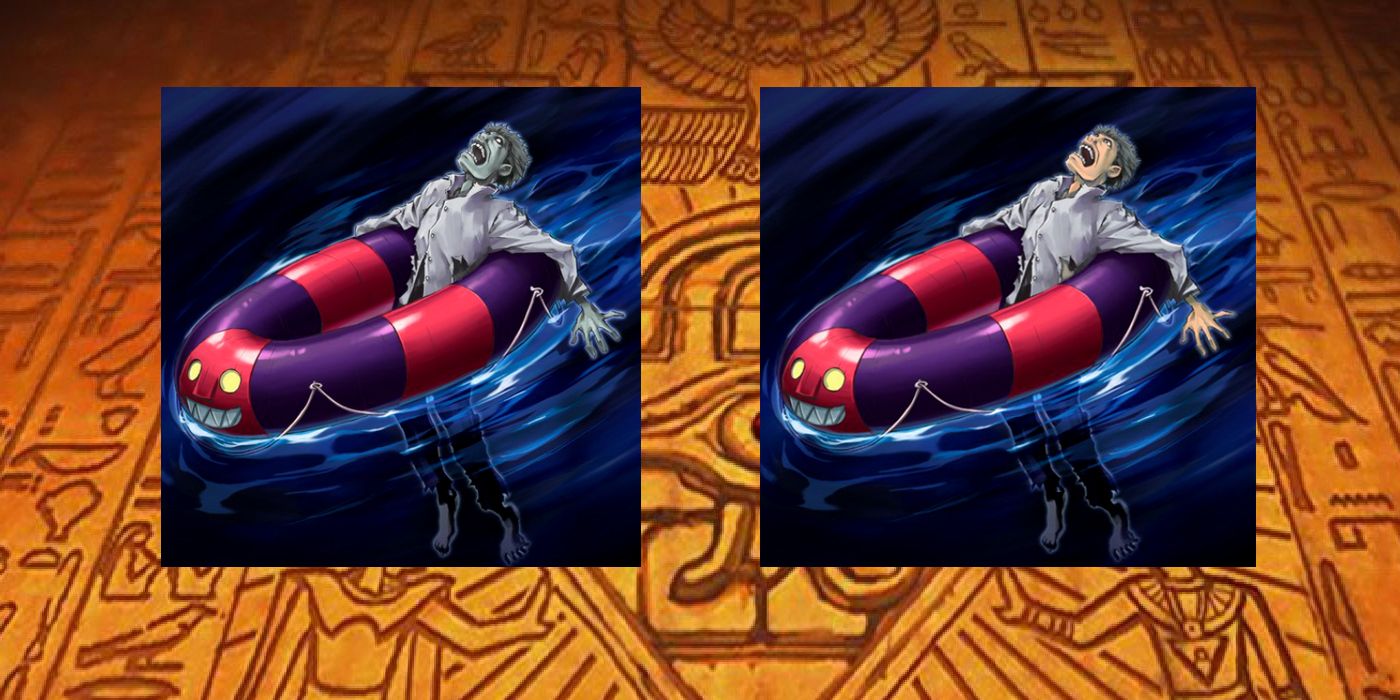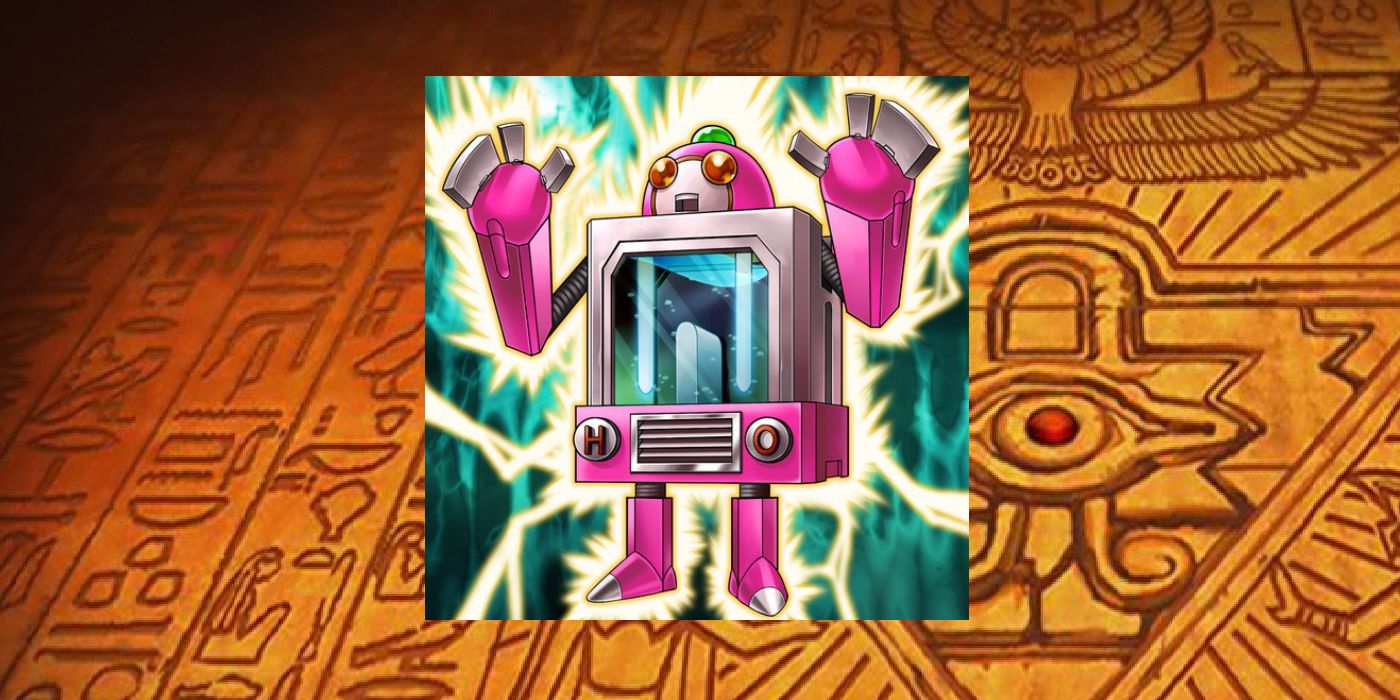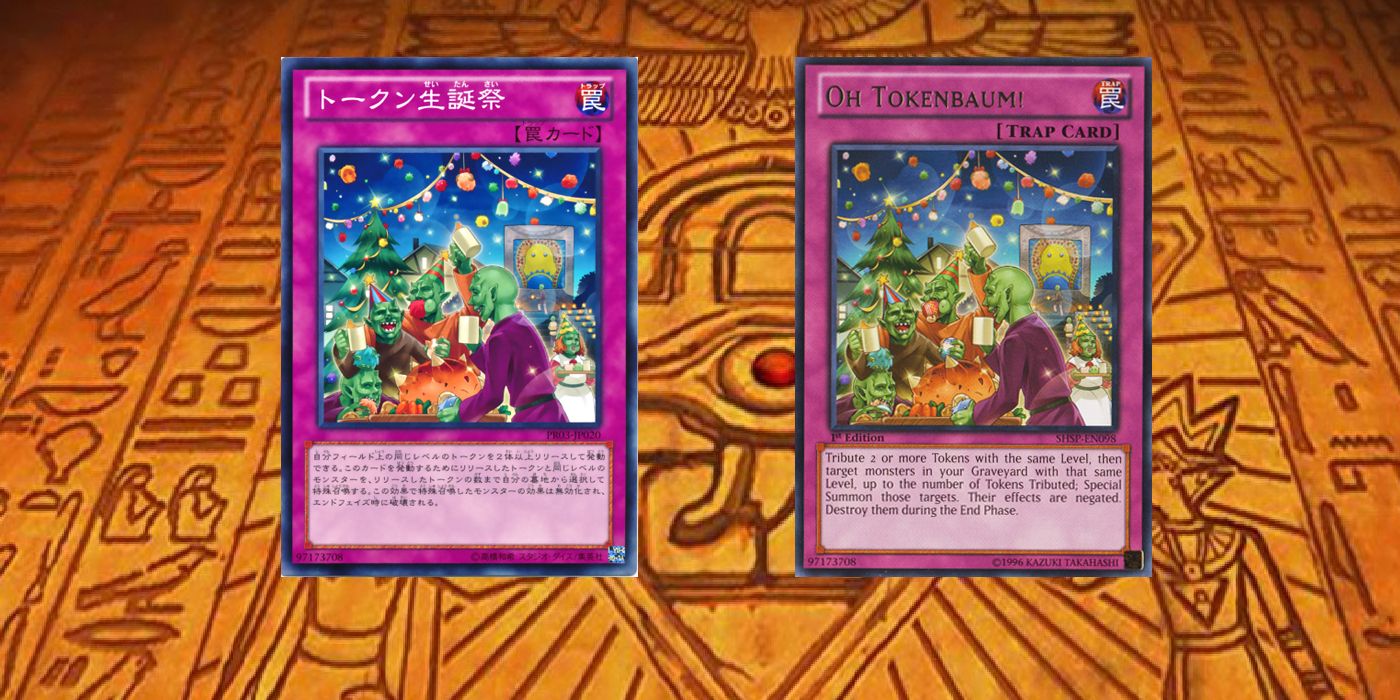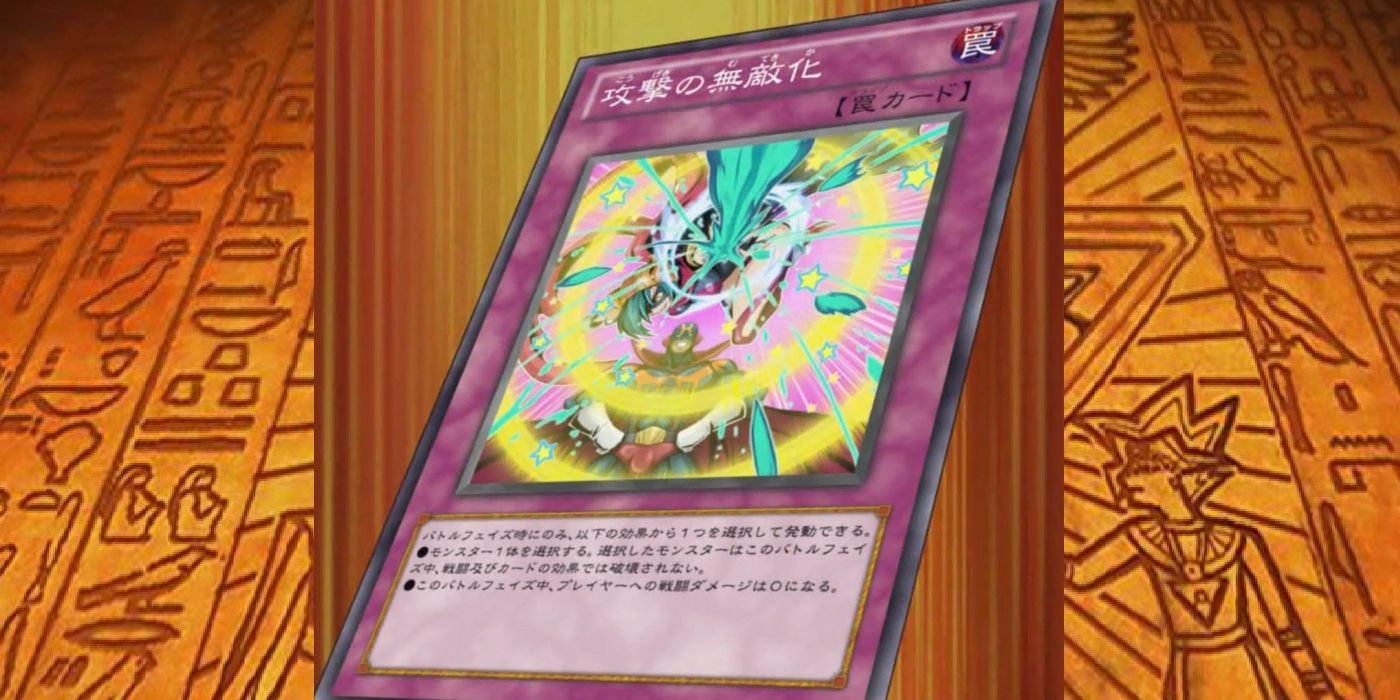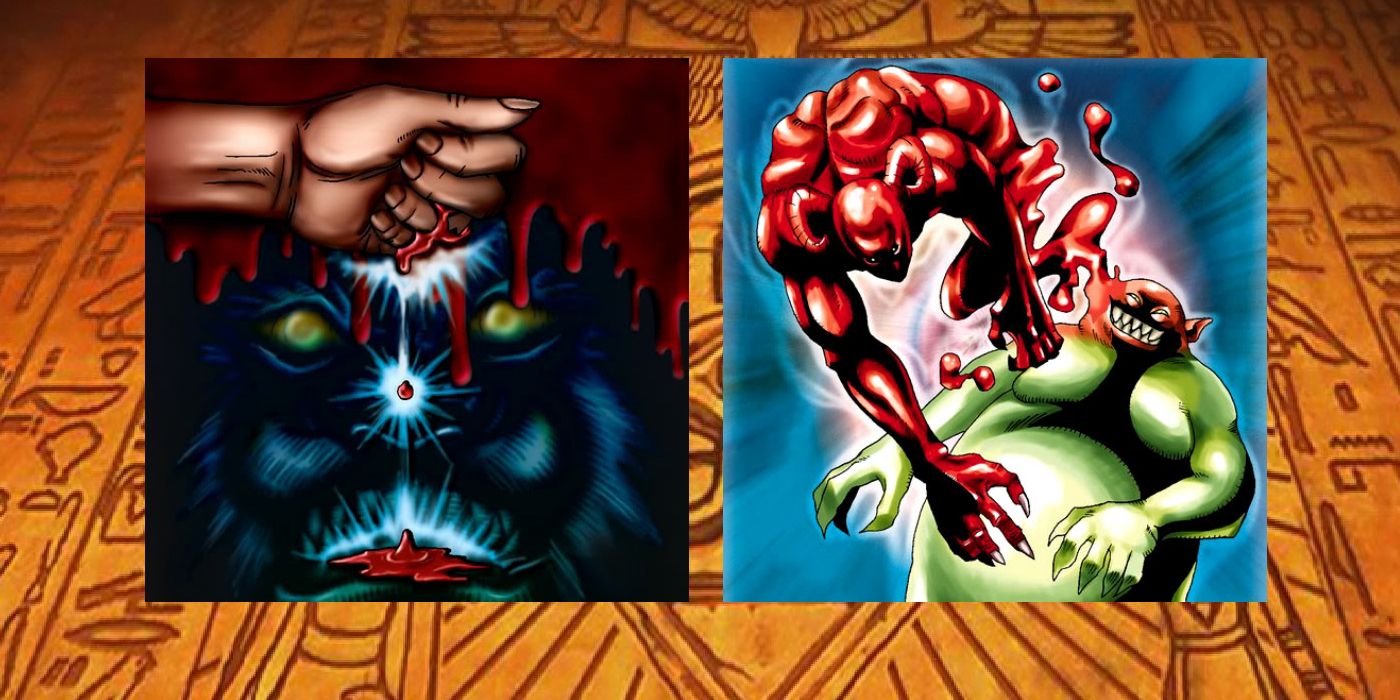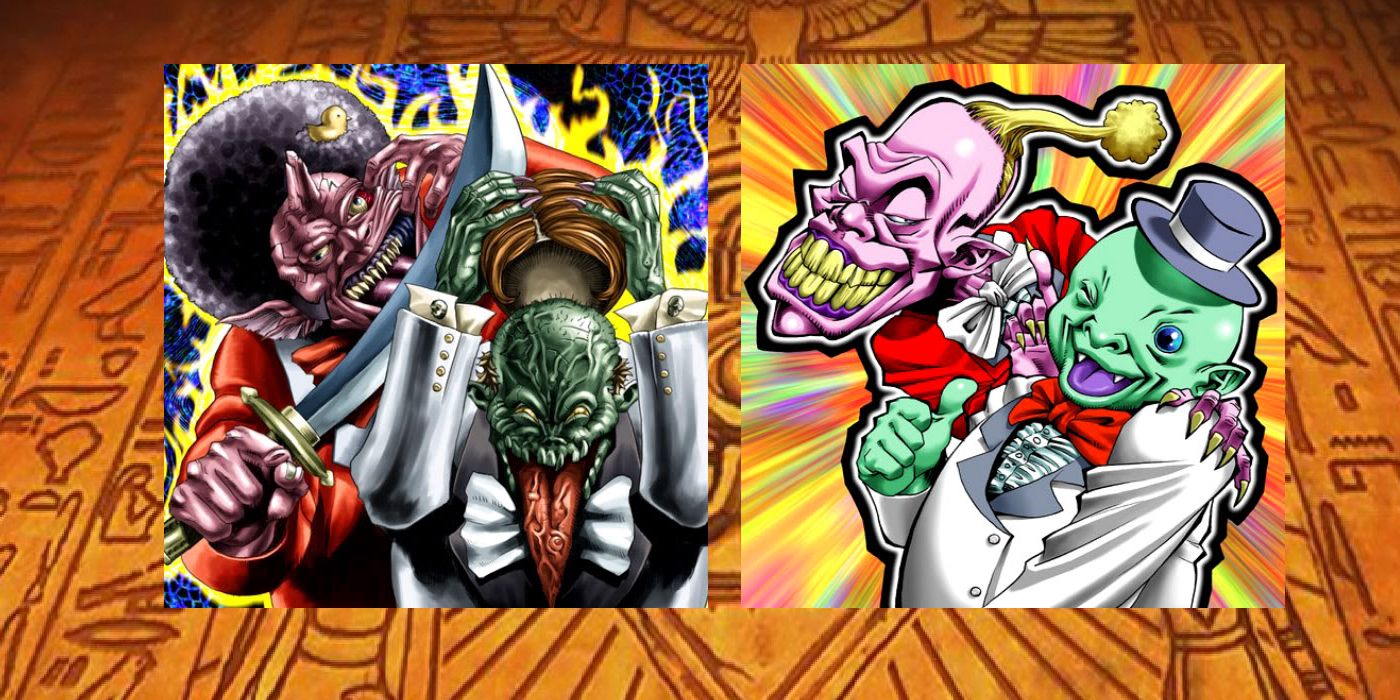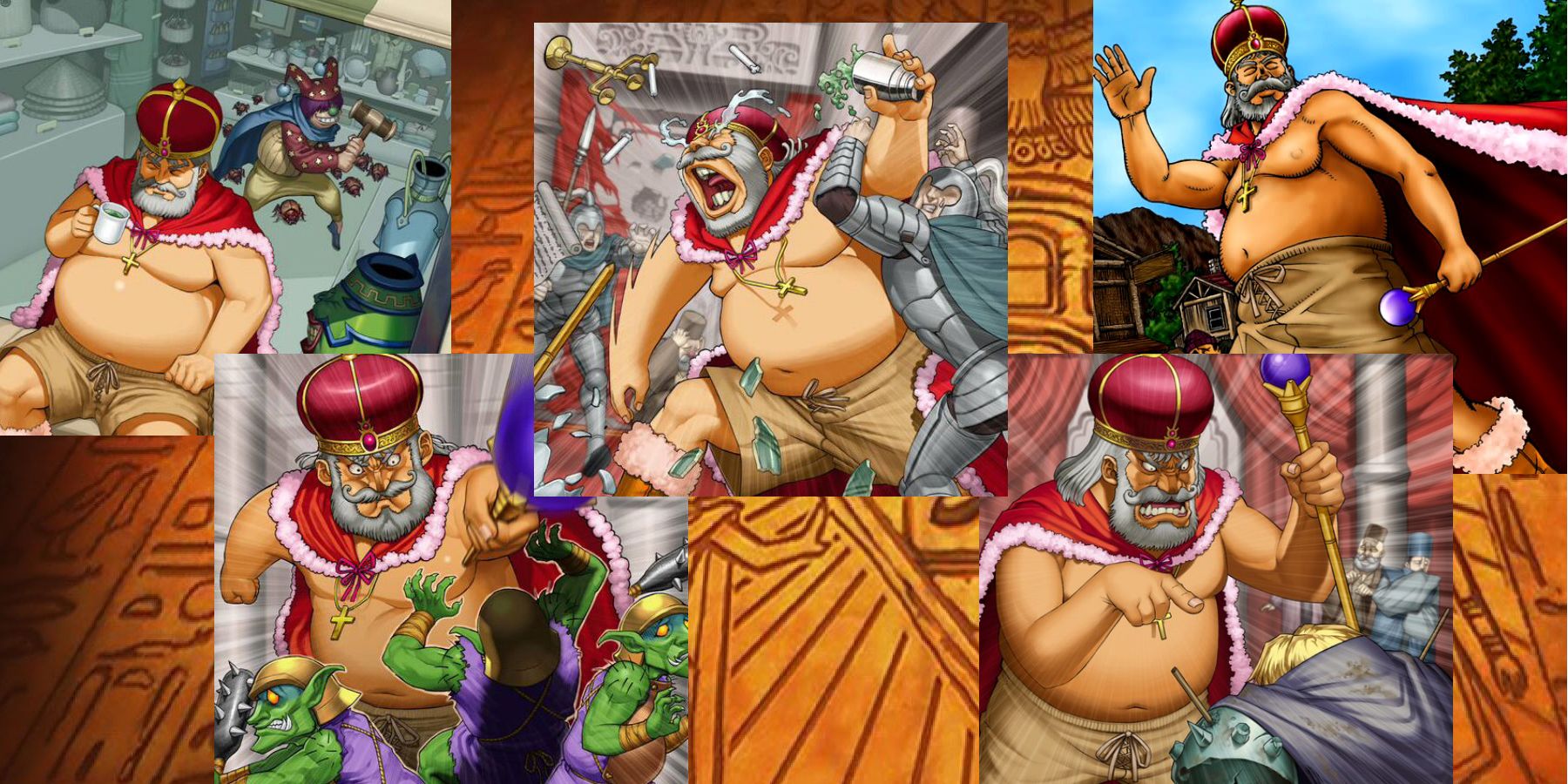In 2001, 4Kids Entertainment acquired the rights to produce the English dub of Yu-Gi-Oh! for an international audience. They must have realized that they bit off more than they could chew, as the show required extensive editing in order to become broadcast-worthy. Yu-Gi-Oh! was filled with gruesome deaths that needed to be censored, which often led to ridiculous changes to the show.
The Yu-Gi-Oh! television show helped to popularize the card game of the same name. Yu-Gi-Oh! is now the highest selling trading card game in the world. Like the show, however, the cards needed some heavy censorship in order to be released. There were cards that depicted violence, torture, nudity, and offensive materials, which all had to be censored in different ways.
We are here today to look at the Japanese Yu-Gi-Oh! cards that were watered down for the international audience. From the demon who loves to give the finger, to the Emperor who refuses to put on a shirt.
Here are the 15 Yu-Gi-Oh! Cards That Needed To Be Changed Outside Of Japan!
15. Archfiend Heiress Is Giving The Finger
The vast majority of Yu-Gi-Oh! cards that needed to be censored were because they depicted violence, nudity, or religious iconography. The Archfiend Heiress card is an odd example, then, as it had to be changed due to the fact that it looked like it depicted an obscene gesture, when it actually wasn't.
Archfiend Heiress is a demonic girl who appears to be proficient in magic. In the original Japanese version of the card, she is casting a spell with her left hand. The effect of the spell is shrouding her hand in a blue orb of energy. Archfiend Heiress is pointing with her index finger like she is pretending to fire a gun with her hand.
The blue energy sphere in Archfiend Heiress' card obscures her hand, so it makes it look like she is pointing her middle finger instead, which looks like she is flipping the bird. When this card received an international release, the blue orb was taken away, so that we could clearly see what finger she is pointing with.
14. Dramatic Rescue Takes Away The Guillotine
In the Yu-Gi-Oh! anime series, Mai Valentine added the Amazoness monsters to her deck. These are an archetype made up of female warriors who possess the ability to strengthen themselves or weaken their enemies. The Amazoness monsters have received lots of support over the years, which includes cards like Dramatic Rescue. This trap card allows you to swap an Amazoness on the field with a monster from your hand.
Dramatic Rescue originally depicted a scantily clad woman who has her hand trapped in a guillotine, as the blade descends upon her. This was changed for the international release so that it showed a more sensibly dressed lady who is tied to a tree and is being guarded by two oblivious soldiers.
The Amazoness cards have been used by several different duelists in Yu-Gi-Oh! and they have often been censored, due to the fact that they usually depict women in tiny outfits. This censorship has spread to most of the cards in the real game.
13. Parasite Paracide Used To Hate Faces
The Parasite Paracide card is an unusual monster. If you manage to flip summon it, then the Parasite Paracide is shuffled into your opponent's deck. When your opponent draws the card, it is summoned to the field, where it deals 1000 points of damage to them each turn. Parasite Paracide also has the effect of turning all of your opponent's monsters into Insect-Type creatures, which makes for an awesome combo with cards like Insect Barrier and Eradicating Aerosol.
Parasite Paracide's original artwork depicted it bursting from the face of a human knight, as he screams in agony. This artwork is reminiscent of the movie Alien and is quite disturbing, which is why it was changed for its international release. The English version of Parasite Paracide just shows the insect on its own.
This card appeared in the Yu-Gi-Oh! anime series, during the duel between Joey and Weevil. The effects of the Parasite Paracide had to be censored in the American dub of the show.
12. Last Day Of Witch Lowered The Stakes
When Yu-Gi-Oh! cards are censored, the decision is usually made to alter the existing artwork, rather than creating a whole new image. In some cases, a new picture has to be commissioned, as the original image cannot be censored to an acceptable degree. Last Day of Witch is one such card.
Last Day of Witch is a spell card that destroys all Spellcaster-Type monsters on the field. The international artwork depicted a stereotypical image of a witch, with a crossed out circle behind it. When the card was released in Japan, it showed two women being dragged to a wooden stake by soldiers. One of the soldiers is gesturing towards the stake, which has chopped wood at its base. The artwork suggests that the two women are going to be burnt at the stake, in a manner similar to the Salem Witch Trials. Last Day of Witch required a whole new image for the international release of the card, as the original artwork would have required too much work to censor.
11. Soul Of The Pure Once Featured Self-Harm
One of the oldest Yu-Gi-Oh! cards is Soul of the Pure. It is a spell card that restores 800 life points to its user. The ability to restore life points is generally looked down upon in the Yu-Gi-Oh! card game and it is not popular as a gimmick. Cards that use life points as a cost are far more popular than those that require discarding cards or destroying your own monsters. As such, Soul of the Pure is considered to be a pretty bad card in the current game.
Soul of the Pure had to be heavily changed for its international release. The card was originally called Angel's Lifeblood and it depicted an angel cutting its finger with a blade and letting the blood drip from the wound. This had to be reworked, in order to remove references to self-harm. The new version of the card depicted an angel summoning bubbles of energy in its hands.
10. Artorgius, King of the Noble Knights Had A Dong Design
Yu-Gi-Oh! introduced a new kind of creature called the Xyz monster. These can be summoned to the field by removing two monsters of the same level and placing them below the Xyz creature. The Xyz monster can then use the two creatures that were sacrificed as fuel for its abilities. One such Xyz monster was Artorgius, King of Noble Knights, who needed a peculiar change to his design when he left Japan.
The changes to Artorgius, King of the Noble Knights may have been a slight overreaction on the part of the creators of the Yu-Gi-Oh! card game. In the artwork for the card, Artorgius has streaks of blue energy running across his sword and armor. When the card received an international release, the artwork was changed so that a specific streak of blue energy was removed. This piece of energy ran over Artorgius' groin and bore a superficial resemblance to a penis. You really have to squint hard to make the energy look like a rude part. The creators of Yu-Gi-Oh! must have decided to avoid any possible accusation of inappropriate designs and removed it just to be sure.
9. The Destiny Board Of DEATH
In the Yu-Gi-Oh! anime series, Bakura used a specific archetype deck when he battled Yugi during the first duel of the Battle City finals. Bakura had a deck based around using the Destiny Board trap/spell card set. These are five cards that each depict a letter. When the first one is summoned to the field, then it would summon another card in the set on the next turn. Once the fifth card is summoned, then the user wins the game.
The international version of the Destiny Board cards spell out the word FINAL. These were referred to as the Ouija Board cards in Japan and they spelled out the word DEATH instead. You are not allowed to use the word "death" in a kids show, which is why these cards were changed. This must have been a major pain for 4Kids, as they had to edit the duel between Bakura and Yugi, so that all of the Destiny Board cards spelled out FINAL instead of DEATH.
8. The Shadow Underwear Of The Enchanting Fitting Room
The Ojamas are one of the most hated archetypes in the Yu-Gi-Oh! card game. This is mainly due to the ugly artwork on the cards, as the Ojamas all look like a mixture between the Garbage Pail Kids and the characters from Aaahh!!! Real Monsters. The Ojamas use a tactic that involves switching the ATK/DEF of all creatures on the field, which is something that can easily backfire.
One of the Ojama support cards is Enchanting Fitting Room. It is a spell card that allows the player to draw four cards and to summon any level 3 or lower monster that appear. The original artwork for the card depicted the silhouette of an Ojama Green in a changing room. It appears to be holding a thong (or possibly a pair of panties) in its hand. The international version of this card changed the artwork so that the Ojama is holding a t-shirt in both hands.
7. The Living Corpse Of The Darksea Float
There are some instances when censorship only makes something worse. The artwork for the Darksea Float monster is one such instance, as the international version of the card happens to be even more disturbing than the original.
Darksea Float is a monster card. The artwork depicts the creature as an evil swimming float, which has presumably led a man to his death. The Japanese version of the card shows the corpse of a man within the Darksea Float, who was presumably killed by the monster.
It seems that the people behind the Yu-Gi-Oh! card game felt that showing the decaying corpse of a human on one of their cards might have been a mistake. They changed the Darksea Float by adding a living skin tone to the corpse, making it seem like it is still alive. The Darksea Float now depicts an emaciated man who is dying at sea, rather than someone who has already expired.
6. Batteryman Fuel Cell Is A HO
There are some Yu-Gi-Oh! cards that are offensive by accident. This could be due to the differences in Japanese culture, which can include the language barrier. Batteryman Fuel Cell is one such monster that needed to be censored due to a misunderstanding over slang words that are used in the English language.
The original Japanese artwork for Batteryman Fuel Cell showed a robot with two dials on its body. These dials had handles that looked like the letters "H" and "O". When they are put together, it makes Batteryman Fuel Cell look like it has the word ho written on its body. Ho is a shortened version of the word whore and is a slang term for a prostitute. This is often used an insult towards women and it would likely have caused controversy if it appeared on a Yu-Gi-Oh! card, so the letters were removed from the international version of Batteryman Fuel Cell.
5. Give Me Another Faberge Egg
One of Joey Wheeler's signature cards in the Yu-Gi-Oh! anime is Scapegoat. This is a spell card that summons four sheep tokens to the field. These sheep have no attack or defense points but they can be used to stall the enemy for a few turns. The Scapegoat card depicts four adorable sheep monsters in its artwork. These sheep must be popular with the people who make the Yu-Gi-Oh! card game, as they have appeared in the artwork of other monsters.
The Oh Tokenbaum! trap card depicts several goblin monsters that are all enjoying their Christmas dinner. In the original artwork for the card, the goblins are seen eating the sheep from the Scapegoat card. The international version of the card changed some of these sheep into Faberge eggs. This change was also made to the Token Sundae card, which depicted a goblin party where they are all eating the sheep. These were also changed into Faberge eggs.
4. The Big Bulge Of The Impenetrable Attack
If we listed the Yu-Gi-Oh! cards that needed to censor scantily clad women, then this list would be a hundred entries long at least. Covering up the breasts, thighs, and buttocks of attractive women is likely the most common form of censorship that Yu-Gi-Oh! cards have undergone. These changes have extended to the various Yu-Gi-Oh! anime series, with the Dark Magician Girl's cleavage being removed and Tori Meadows skirt being extended in most of her appearances.
One of the rare instances of the male body being censored on a Yu-Gi-Oh! card happened in the artwork of the Impenetrable Attack trap. This card showed a male superhero with a significant bulge in his tights. The international version of this card had to even out the shape of the hero's package so that it didn't protrude so much.
Impenetrable Attack also censored the female superhero who appears on the card. She had a pair of pants added to her outfit so that her legs and backside were now covered.
3. Ultimate Offering Of Blood
There are some Yu-Gi-Oh! cards that are so powerful that they need to be banned in order to preserve the balance of the game. Ultimate Offering is one such card. It is a trap card that allows the player to summon or set another monster for the cost of 500 life points. As Ultimate Offering is a trap card, it can be used during the opponent's turn. 500 life points for an extra summon is an amazingly good deal, as it can allow you to quickly bring a more powerful monster onto the field. The fact that you can use it during your opponent's turn means that you can lead them into a trap.
The original Japanese artwork for Ultimate Offering depicted a person feeding blood to a demon from a wound on their hand. This was changed to a monster being summoned from the body of another creature for the international release of the card.
2. The Horrors Of The Fiend Comedian
The Yu-Gi-Oh! trading card game has been running in Japan since 1997. It seems that no one anticipated the international success of the game, as many of the cards depicted images that would be offensive to a foreign audience. When Yu-Gi-Oh! became a hit outside of Japan, the makers of the card game began to tailor the game to make it as palatable as wide an audience as possible. As such, there has been less censorship required in the newer cards than in the original ones.
It seems that the makers of the Yu-Gi-Oh! card game can still occasionally lose their minds. That is the only explanation as to why they would release the Fiend Comedian card. The original artwork of the Fiend Comedian trap card depicted two disturbing monsters that wouldn't look out of place on an Iron Maiden album cover. Fiend Comedian had its artwork totally changed for the international release so that the titular monster had a more cartoonish design.
1. The Naked Emperor
The Yu-Gi-Oh! trading card game has occasionally featured characters who have appeared on multiple cards. The Dark Magician Girl and the Scapegoat sheep are two examples of this, as they have appeared several times throughout the game. This adds some continuity to the game, which is appreciated by the Yu-Gi-Oh! fans.
One of the most peculiar choices for a character to appear across multiple Yu-Gi-Oh! cards is a take on the Emperor from The Emperor's New Clothes fairy tale. A half naked fat guy in a crown has appeared on over ten different Yu-Gi-Oh! cards, for all of the fan girls to salivate over.
The fact that this character has appeared on so many times must be really annoying for the people who have to edit these cards, as the Emperor needs to have a vest edited onto his body during all of his international appearances. All it takes to get the Yu-Gi-Oh! people nervous is an unadorned big belly. They have to give him a wife beater undershirt in order to protect the minds of all the innocent players of the Yu-Gi-Oh! card game across the world.
---

